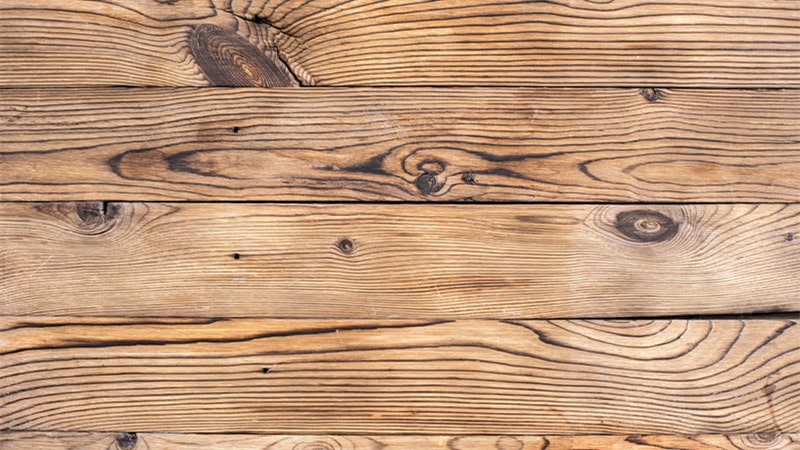When it comes to designing the interior of your home, there are various different options available for flooring materials. Each offers its own unique advantages and disadvantages, and the final decision you make will ultimately depend on your personal tastes and preferences.
Wooden flooring is one of the most popular options, and in fact, has been for decades, even centuries. Does wood need an underlay, like you’d see when installing vinyl click flooring? We answer this question below and discuss how underlay can affect wood flooring. Read on to find out more.
Does Wood Need an Underlay?
An underlay is a thick material that is placed underneath your flooring, between the top material that people see and walk on and the ground surface beneath. Underlay can offer a number of benefits, and it is a necessary step when installing certain types of flooring.
Technically speaking, wood flooring doesn’t need an underlay. Wood is a naturally thick and robust material, so it can get by without the support of material underneath. However, that’s not to say you shouldn’t use an underlay with wood floors. In fact, doing so can offer you a number of excellent benefits. Let’s find out more.
Improved Insulation
Our homes should be comfortable spaces where we can relax and unwind. If our home is too cold, this can seriously impact our quality of life and can even give rise to certain health conditions.
In the winter months, in particular, staying warm is essential. While wrapping up in blankets and cranking the central heating up is certainly an option, it will all be for nothing if your home isn’t properly insulated.
Much of the heat in our homes is lost through the floors. Underlay can serve as an extra layer of insulation, keeping your home warmer through the chilly winter months and reducing your energy bills.
Protection from Moisture
Dampness and moisture can be a serious problem in a home. Moisture rising up from the floor can damage wooden materials, causing them to warp. It can even spread to other parts of the house, where it can cause potentially harmful mould to grow or even cause structural damage.
By using underlay, you will create a barrier between your floor and the potentially damp lower surface. This can stop moisture from rising up and causing havoc in your home.
Noise Reduction
Wood is a fantastic material to use in the home for floors, furniture, or structural features. It is a timeless look that conveys a sense of elegance, sophistication, and style. When used for floors, your home will look classy and graceful, with the rich depth of tone creating a striking visual effect.
However, while wood is wonderful to look at, it can be less pleasant to one of our other senses: our hearing. Wood floors can be noisy, especially when walked on with shoes. If you have young children, the sound of them running around on the floor can be cacophonous.
In addition, over time, flooring can move or be jostled slightly out of position. This can lead to certain sections squeaking when pressure is applied, leaving you with dreaded creaky floorboards.
This problem can be solved by using an underlay. An underlay works as a sound-absorbent material that can soak in some of the sounds made when people walk on the floors. What’s more, an underlay can help secure a floor in place, reducing its capacity for movement and preventing the occurrence of squeaky floorboards.
Aids the Installation Process
When you think of installing an underlay, you might assume that its inclusion would only add more time to the entire floor installation process, but this isn’t necessarily the case. In fact, an underlay can actually make the installation process quicker and easier.
Once the underlay has been laid, you will have a smooth and perfectly level surface upon which you can install the top level of your flooring. Each section will fit in smoothly and efficiently, reducing the time and effort required to install the floor.
Conclusion
If you’re installing a new floor in your home, you might be left wondering whether or not you need an underlay. Some kinds of materials need one more than others, but all can benefit from having the support of an underlay in place.




